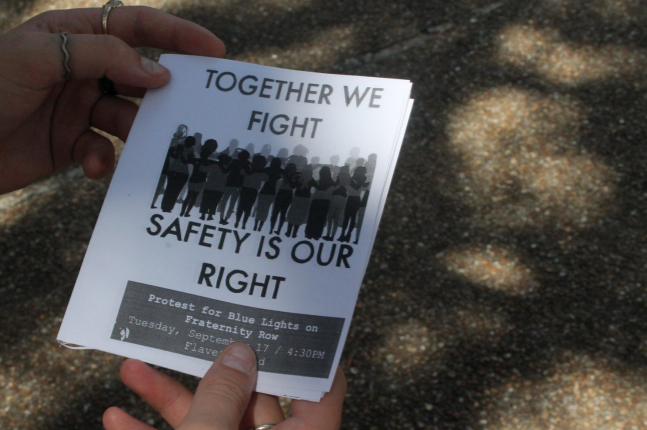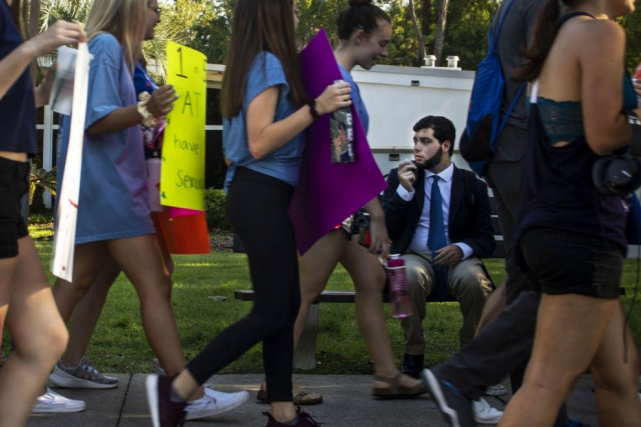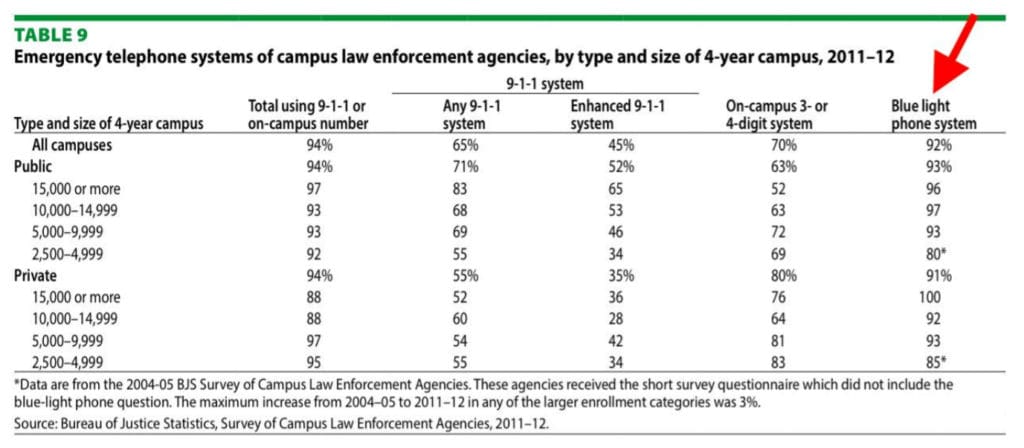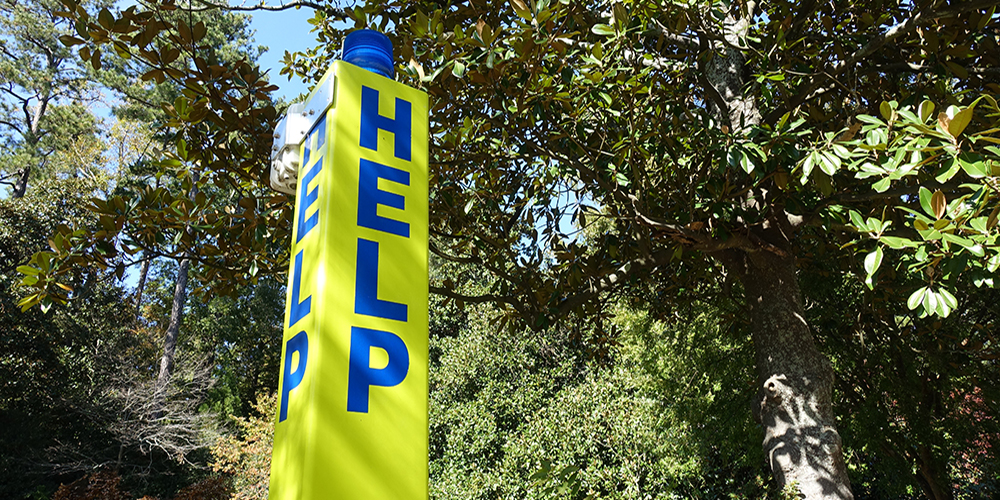Postsecondary institutions are often criticized for spending money on new blue light emergency phones, especially if the amount of emergency calls made on them has recently declined.
However, despite a decrease in usage, U.S. colleges and universities continue to expand their blue light phone systems. Why? The answer is because the ability to make emergency calls is just one of many reasons colleges have blue light phones.
Here are other ways blue light emergency phones can be used to improve your campus.
Blue Light Phones Can Help Increase Enrollment
Public safety is important for maximizing attendance. A study by the University of Southern California found that public venues with increased security measurements result in higher attendance rates. This is because visible security equipment increases the venue’s perceived safety, making people feel more comfortable attending the venue.
According to a 2015 Noodle Survey of 985 parents, the most important factor considered when evaluating potential colleges for their respective children is how safe the campus environment is. For this reason, the University of Purdue is increasing the number of emergency phones on campus.
“Some institutions are phasing out emergency telephone systems, but we are adding more. The number of boxes used to be around 250, and we have increased them to around 300,” said Song Kang, Captain of Special Services for the Purdue Police Department. “We find that students like them and parents love them—knowing that there is an added layer of safety.”
Blue Light Phones Deter Crime
A study of 422 incarcerated burglars found that window and lawn signs indicative of security measurements put in place are an effective way to deter burglary attempts. One of the most valuable aspects of a blue light phone is its ability to increase the awareness of on-campus security measurements.
Rice University in Houston, Texas, once had a stained history of criminal incidents, similar to the city of Houston’s high crime rate. However, after Rice completed the installation of 80 blue light emergency phones in 2010, the following year, the school reported that the overall crime rate on campus decreased despite the city of Houston’s crime rate remaining high. Specifically, on-campus burglaries plummeted by 67.74%.
As the number of blue light phones increased, the perception and awareness of the campus’ security also increased, deterring the number of on-campus burglaries from being attempted.
Students Want Them
In 2019, hundreds of students at the University of Florida protested after the UF student government failed to pass a resolution for emergency blue light phones to be implemented on Fraternity Drive.

Flyers were handed out at the protest. (Photo Credit: Allison Hellier / WUFT News)

Protesters walking by a fraternity member on Fraternity Drive. (Photo Credit: Sam Thomas)
Christina Pugliese, a sophomore at UF, spoke on the Senate floor in the spring during public comment, demanding support for placing blue lights on Fraternity Drive.
“If I had it my way, every single fraternity would have a blue light on it, but we don’t have that,” she said. “We gotta take it one step at a time.”
UF Police Major Blake Barber said UFPD and UF administration support having more blue lights on campus and are looking at proposals to install them on fraternity row.
“We want to emphasize that we listen to our community members when they are bringing forward issues of concern and looking at how we can address them,” Barber said.
Nearly Every Campus Has Emergency Blue Light Phones
It has become an unwritten requirement for college campuses to have a blue light phone system. Per the U.S. Department of Justice’s Special Report on Campus Law Enforcement, 100% of private schools (15,000+ students) have a blue light phone system as well as 92% of all university campuses. See the breakdown of college campuses in the chart below.

If 19 out of 20 colleges have emergency blue light phones, the one school that lacks emergency phones is immediately at a disadvantage in terms of perceived security.
While fewer on-campus emergency calls are being made via blue light phones, a decline in usage suggests emergency phones are actually doing their job of making campus safer by increasing the perception of security, deterring crime, and reducing the number of emergencies where a blue light phone would be needed.
Sean McNamara is an inside sales executive at Emcom Systems, an emergency communications systems manufacturer.
Note: The views expressed by guest bloggers and contributors are those of the authors and do not necessarily represent the views of, and should not be attributed to, Campus Safety magazine.













